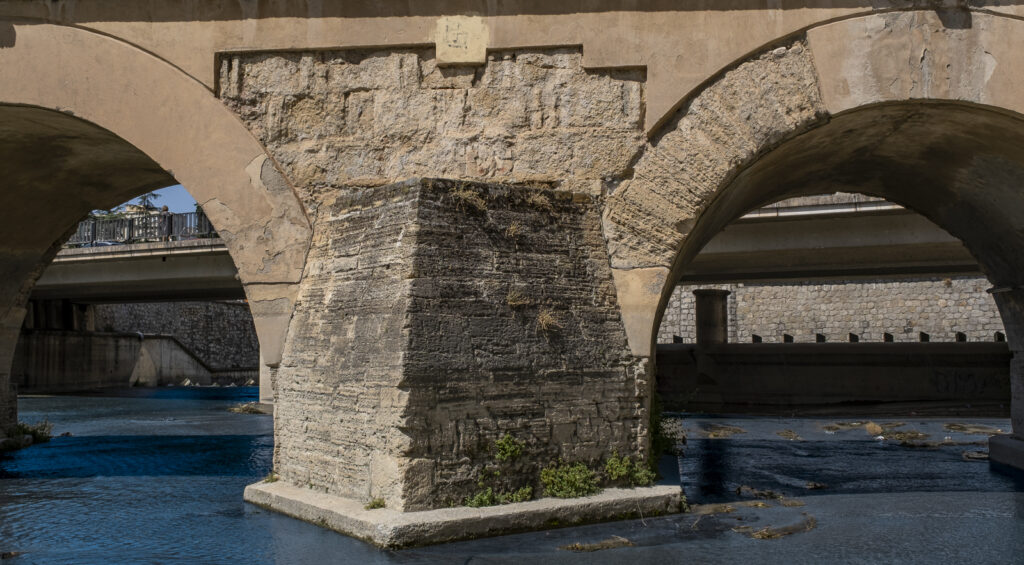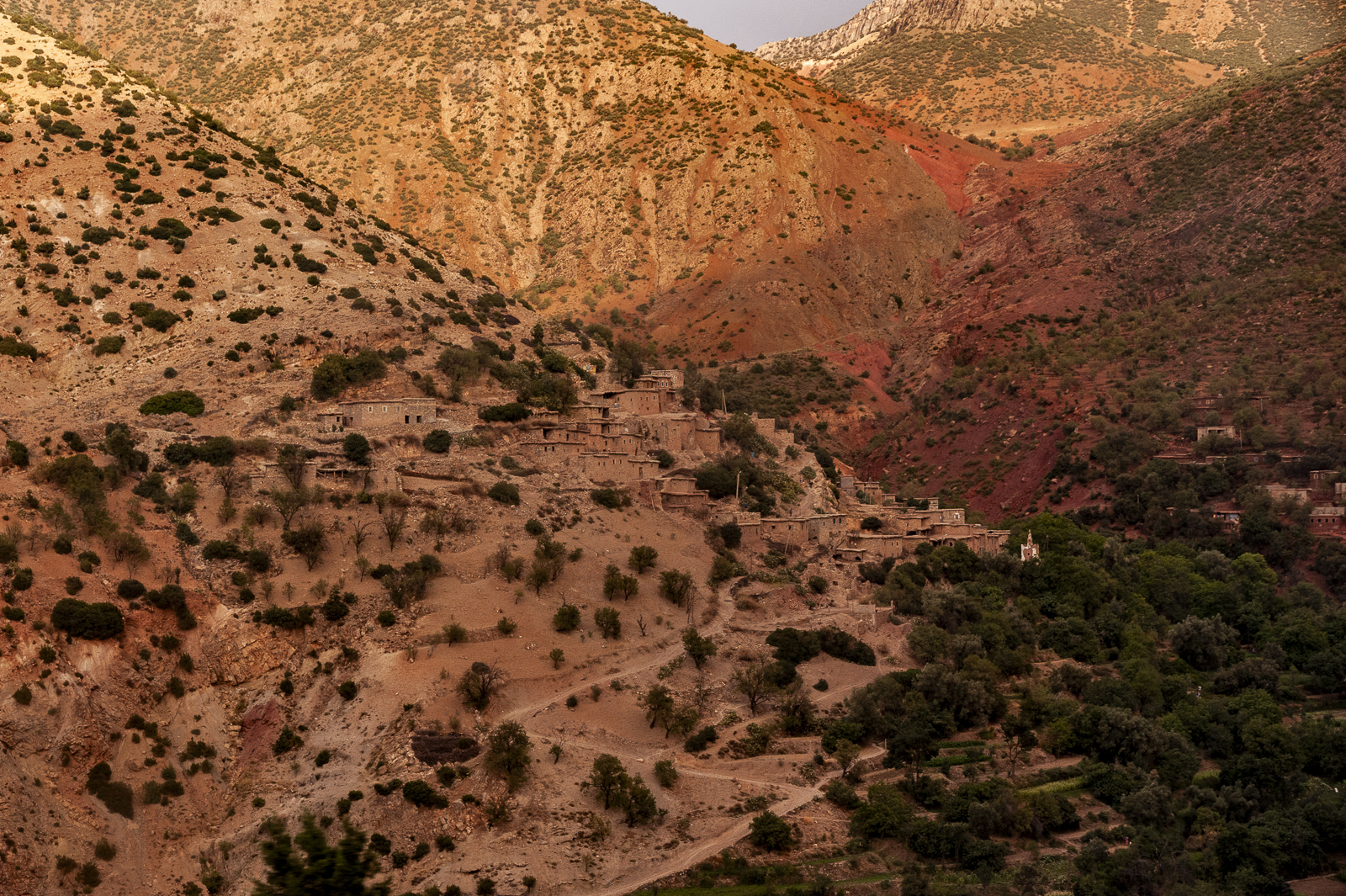
The history of the Zirids in al-Andalus is well known through the literary gem of the Memoirs of one of their emirs, Abd Allah, and is linked to the city of Granada. With a glorious North African past (they come from the Qal’at region of the Banu Hammad, in the east of present-day Algeria, where until the 10th century they acted as clients of the Fatimid caliphs), the Zirids are the only Sinhaja Berber group to enter al-Andalus when Almanzor took the decision to recruit troops from North Africa at the end of the 10th century. Their settlement in the city of Granada (Madinat Gharnata), which they re-founded, reveals the peripheral nature of this establishment. Those who arrived in al-Andalus were commanded by Zawi ibn Ziri, founder of a taifa for whose capital they chose the ancient Ibero-Roman enclave of Iliberris. The urban development work carried out in this city involved a full remodelling, giving Granada a large number of its most significant urban elements, including the ancient Alcazaba (al-Qasba al-Qadima) in the Albaicín. The 1057 conquest of the territory of their Hammudid neighbours, established as caliphs in Malaga at the time of the Umayyad collapse (1024), was a risky gamble to extend their sultanate, with the aim of guaranteeing a port of exit from the Peninsula, for which Badis, the most important of the Zirid sultans, built the Alcazaba of that city. Their trajectory in al-Andalus ended with the entry of the Almoravids (1090).
Virgilio Martínez Enamorado
University of Málaga
Find out more:
















